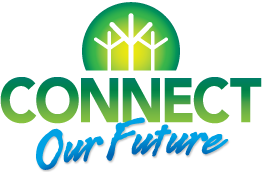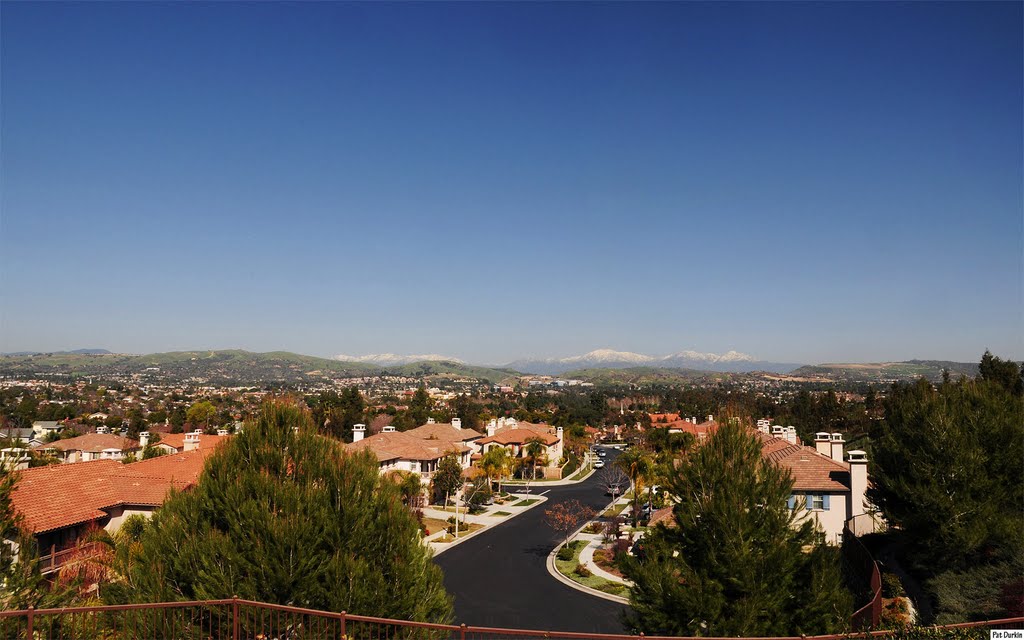Geographic Information Systems (GIS) provides a digital method of mapping and analyzing spatial data, including demographics, transportation networks, location and type of housing, parks and open space access, location of public services, land use, and zoning. To be useful, GIS data must be kept up to date with consistent coding within and ideally also among, communities, expanding its usefulness for best-practice analysis and decision-making.
Why is this important to your community?
Communities currently use geospatial analyses of physical conditions to make planning and zoning decisions, and for comprehensive and transportation planning, etc. GIS data can also be filled out with ANY data that has a geographic tag—census data on demographics, health needs data, crime reports, grocery store locations, business locations by nature of business, etc., to turn what could be just a simple computerized mapping tool into a powerful tool for analysis to support problem-identification across a jurisdiction, promote gap-filling, and foster collaborative community planning for all departments. This results in better information for decision-makers and, in turn, better and more inclusive decisions. When coupled with economic development data, GIS information can help communities guide investments from the private sector to support growing jobs at home, and to strategically support long-term community goals.
Where is it appropriate to use?
What priorities does it address?
What other tools are related?
How does it work?
The keys to getting the most out of any community’s GIS system is keeping data current, coding data consistently at the smallest level at which analysis is likely to be needed, and doing so with the help and advice of the agencies and organizations who regularly want to be part of a very robust planning process. Data that are only available at the county level are not very useful for community-level GIS assessments and analyses, but data at the census block or block-group level, or point data based on GPS coordinates or individual addresses (911 calls for service, for example) can be very valuable in terms of planning locations for community services, strategically siting mobile resources such as ambulances, or even planning for better food access in food deserts. A GIS Users’ Group may become the most important player in helping local officials make better, more strategic decisions about growth, infrastructure, and services, all aligned with community needs and priorities.
While GIS is frequently used for mapping existing data, its power lies in the ability to analyze and interpret information spatially. Examples of analyses that can be done using GIS include searching for information by location, identifying relationships and correlations between datasets through geographic overlays (e.g., which demographic groups are well served by facilities), analyzing changes over time (e.g., where building permits are issued), determining what features or services are proximate (e.g., police stations in relation to locations with high incidence of crime), assessing connectivity of networks and finding ideal routing (e.g., sidewalk connectivity), terrain and elevation analysis, and watershed and floodplain analysis. Maps made using GIS can be printed, distributed in static electronic format, or used interactively through GIS software or web viewers. Sharing data with other government entities, developers, and the public can lead to further uses and interpretations of existing data.
Ready to get started?
Using the Tool
- If you don’t already have one, create a jurisdiction-wide GIS Users’ Group of local departmental reps as well as key utilities, non-profit service providers, schools, etc. The core of this group will be local departmental reps, who can use the larger group with external partners for input, feedback, and planning. The core group will become your go-to set of advisors on what data needs to be kept, and how, to best facilitate strategic use for community planning and service delivery. Use this group to:
- Review existing GIS capabilities with staff to understand how GIS technology is being used and how data is shared with the community and between existing agencies.
- Identify the data needs that are NOT being met—what planning and service delivery needs COULD be addressed using GIS?
- Identify what needs to happen to enable those needs to be addressed more fully using GIS, how it could happen, and who will take the lead
- Identify where data and analytical tools are available but are not being used, or where they are being used but no one is paying attention to them.
- Formulate recommendations to management and/or the governing board regarding GIS and related needs.
- Track progress, consistency, and utilization of GIS data—what’s working, what’s not, and what is proving to be unnecessary?
- Work with your regional COG to maintain and share GIS data (e.g., CONNECT region CommunityViz data for land use modeling) and analysis, and consider cross-jurisdictional consistency needs to be able to do so.
- Create a schedule for regularly developing and updating community assessments using GIS. Include analysis maps showing location of existing and projected population and housing, existing services, needs, and gaps in coverage areas. Develop the community assessment to include key findings, priorities, and an action plan for addressing gaps across departments and agencies. As a shared product of the Users Group and the Manager’s Office, this tool can become an important barometer of community progress.
- Provide budgetary and policy support to maintain the ongoing use of GIS and training to support staff. Input from the users, as well as requests from the public or from the business community, can be used to target additional updates needed or training needs. .
- Train GIS users into making their data and analytical results understandable and compelling to non-technicians, or to work with others with this expertise. The “delivery” of GIS data to decision-makers is an art, as much as the analysis is!
- Market local GIS data and capacity to the business community and to local community service agencies, through your enlarged Users Group. While it may not be possible to be paid for the data, its use will yield a good return on investment if the private and non-profit sectors buy in to community plans and align their work in support of GIS findings.
Partners
- Colleges and Universities
- Community Development Organizations
- Community Service Providers
- Departments of Education / School Districts
- Farmers / Agricultural Extension Office
Where has it worked?
City of Fullerton - Fullerton, CA
About the Program
The City of Fullerton, home to California State University Fullerton, has been utilizing GIS software to map and track a number of community indicators and assist with the function of other city departments including fire and police services. Having access to updated data including detailed demographic information, transportation infrastructure, and the locations of existing community services and businesses, allows the city to quickly access information to inform prospective business owners and determine the need for additional city investments.
Why it works
Most recently, the city began using Esri’s Community Analyst GIS software to analyze visitor population during daytime and evening hours to help businesses and developers determine where they should open new retail locations within the city. This analysis has helped the city attract new businesses to areas where their customers already shop or reside. The city has also used GIS analysis to determine where new parks are needed and to apply for grant funding utilizing the demographic and geographic analysis of the area. Utilizing regularly updated GIS data allows the city to quickly access detailed information about specific geographic areas. This makes it easy to make better, more informed decisions.
http://www.esri.com/news/arcnews/fall11articles/the-city-of-fullerton-looks-inward.html
- Community Development Organizations



